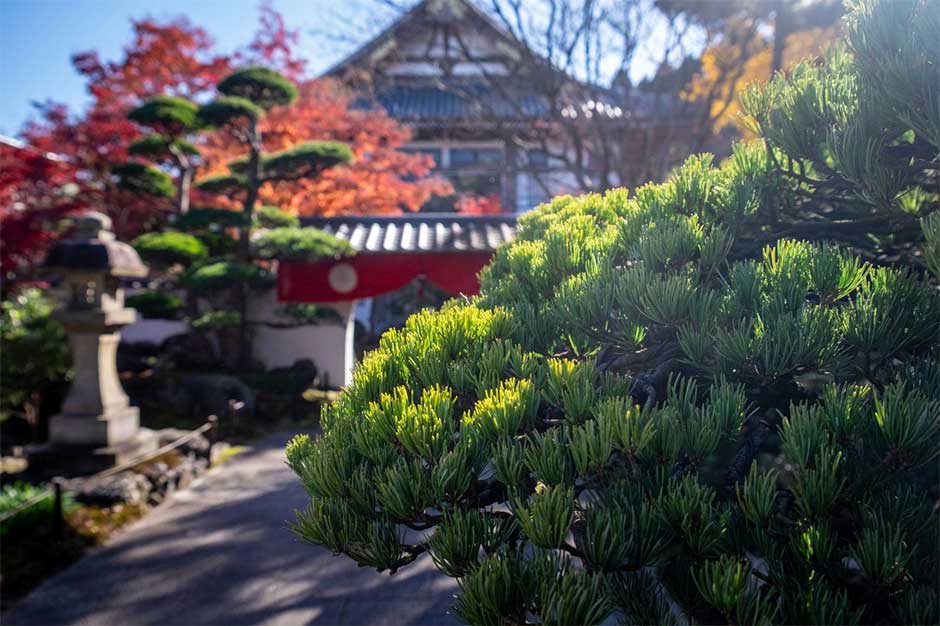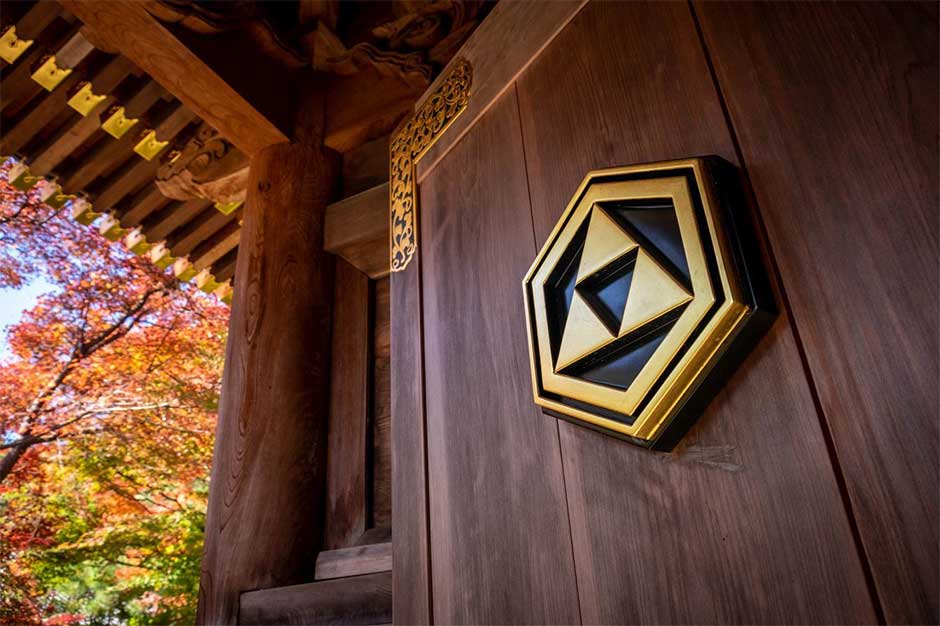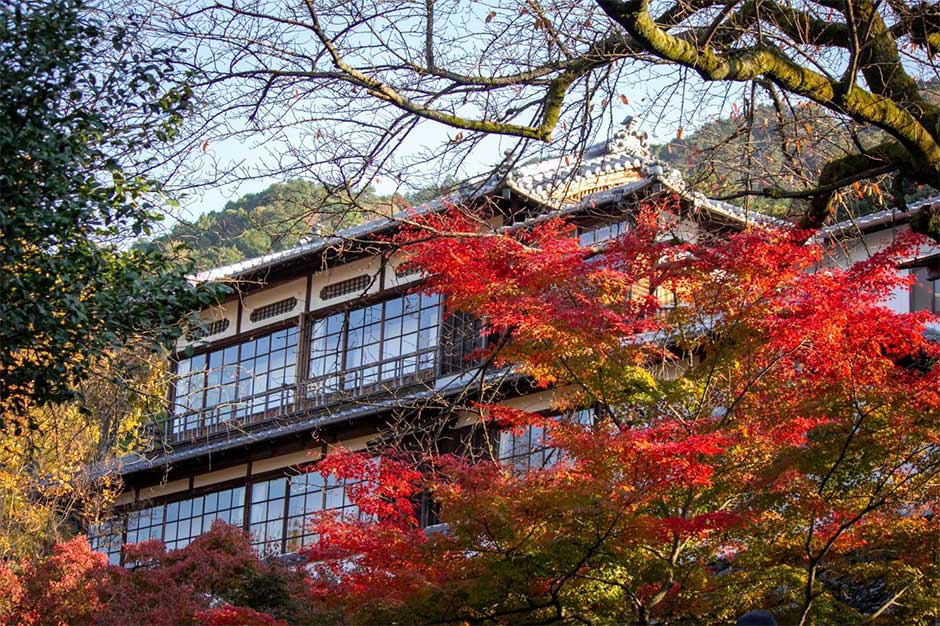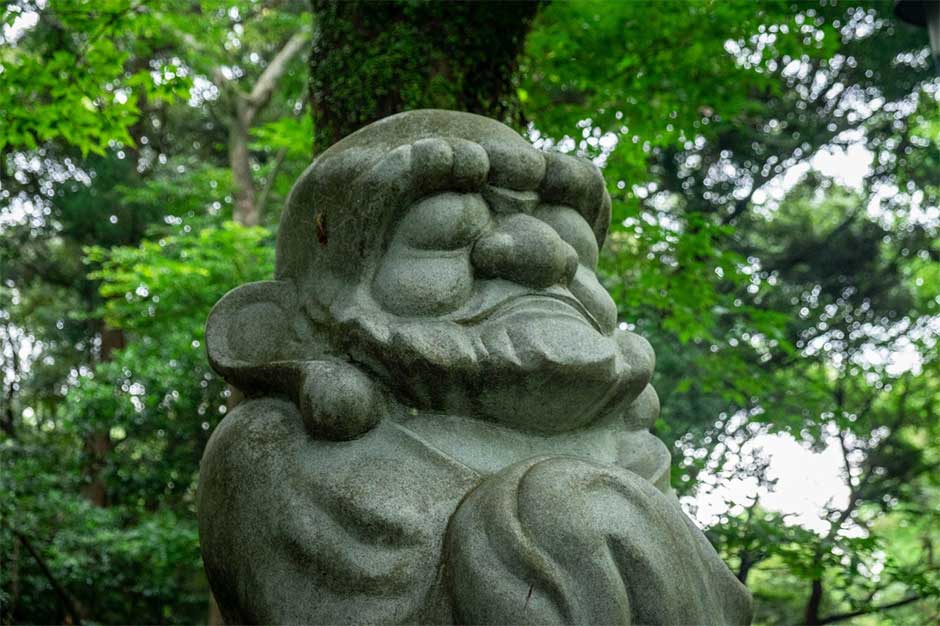Ikku Shrine
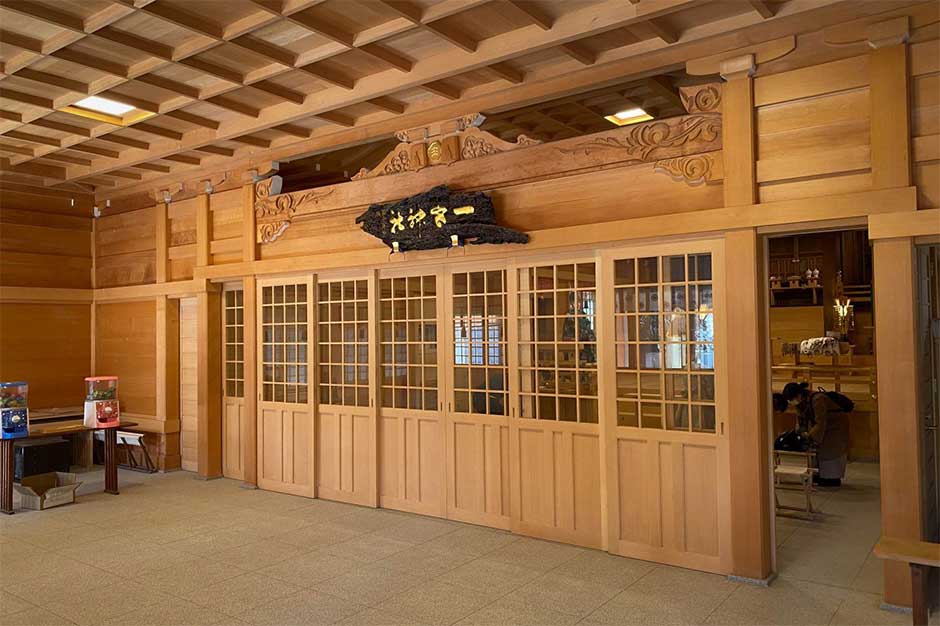
Ikku Shrine is a large Shintō shrine in central Niihama. Although it’s located in the centre of the city adjacent to the government office district and along the main road, it has a quiet, verdant atmosphere. The shrine has a very long approach lined with camphor trees. This approach is today divided by a road, which passes in front of the entrance gate. This gate, called the Zuijinmon, is of rather unusual construction. It houses two guardian archers.
Within the gate is a large sandy compound with numerous separate shrines dotted around it. In the middle of the compound is a huge camphor tree, designated as a national natural monument. During the Niihama Taikodai Festival, the taikodai juggernauts gather here.
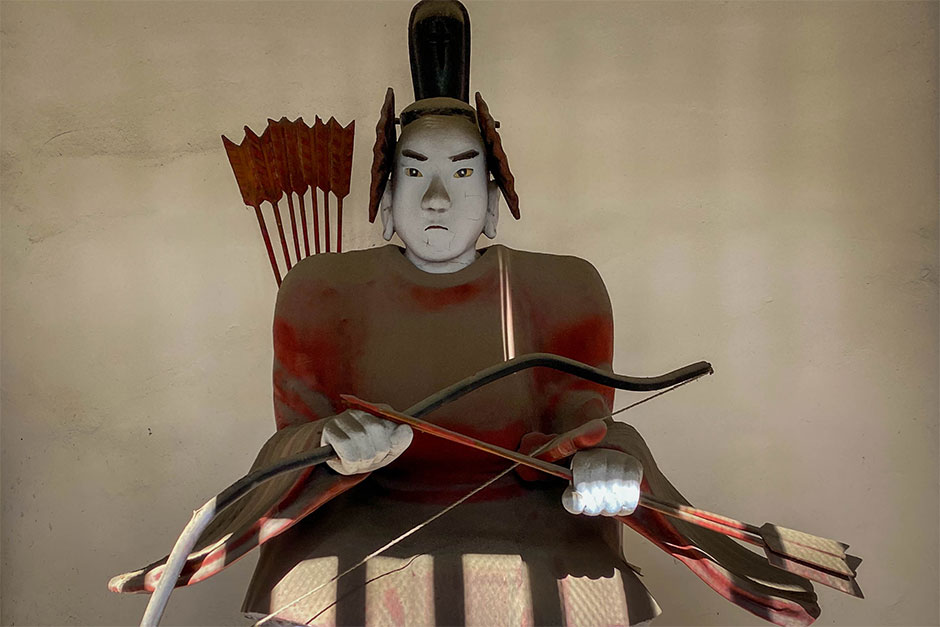
The current main shrine was built in 1705, the hall of worship in 1897, and the hall of offerings after World War II. The hall of worship was rebuilt in 2017.
